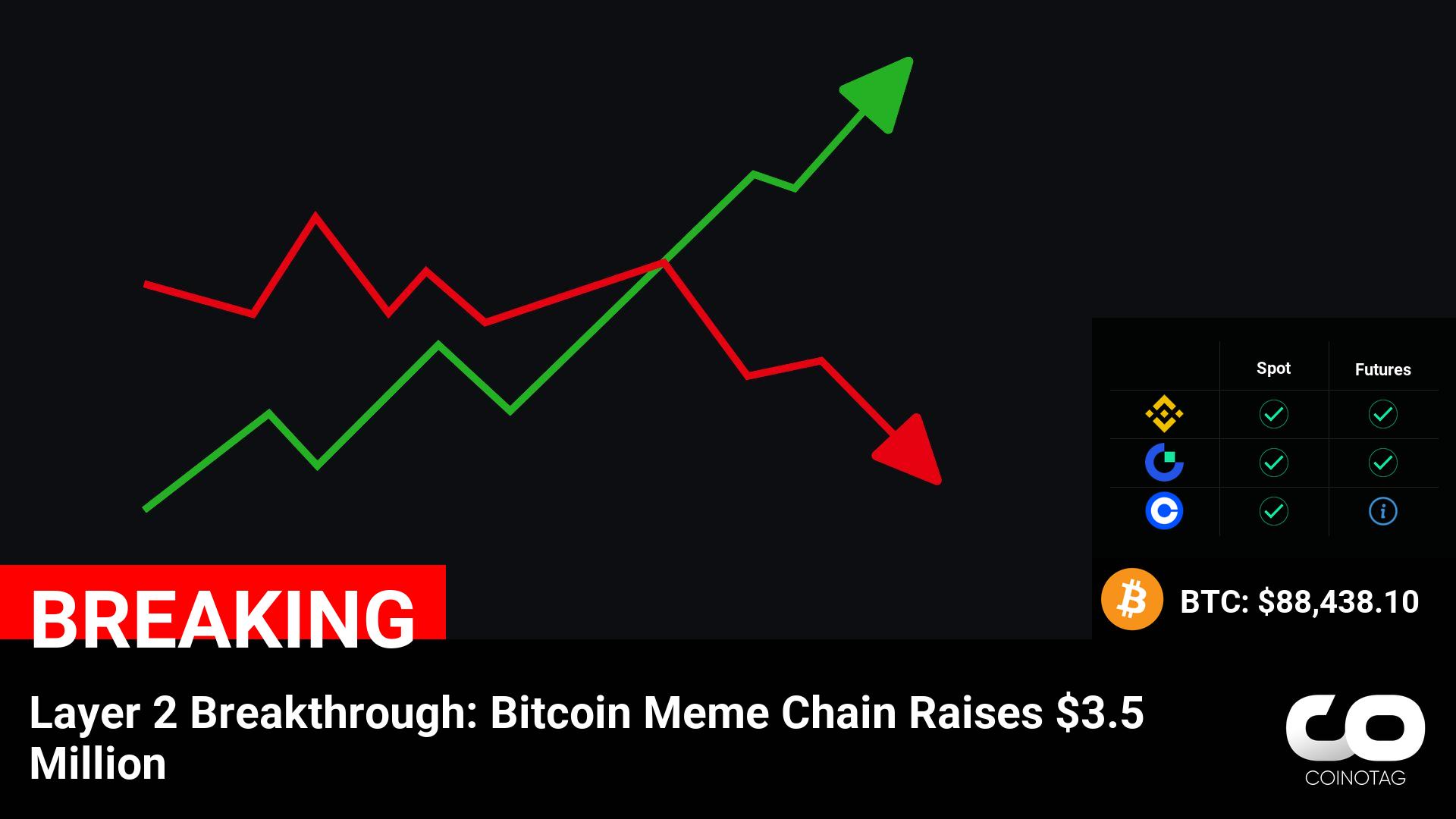
Ondo Finance has launched a campaign on Sui’s NAVI Protocol to drive adoption of its yield-bearing stablecoin USDY. Ondo Finance ( ONDO ) has launched a new campaign in collaboration with NAVI Protocol, aiming to encourage more people to use its stablecoin USDY, a tokenized US Treasury yield coin by Ondo Finance. Running from Feb. 26 to March 12, the initiative offers participants a chance to earn rewards by supplying liquidity for USD (depositing it into NAVI Protocol). Participants earn points based on their liquidity contributions, making them eligible for a share of the rewards, which will be paid in NAVX and USDY. The campaign has a total reward pool of $35,000. The top 100 participants will share $10,000, while an additional $25,000 will be distributed among 2,500 more winners. USDY is a special type of stablecoin created by Ondo Finance that earns daily interest. Unlike regular stablecoins like Tether ( USDT ) or USD Coin ( USDC ), which just hold their value, USDY is backed by US Treasury bills and bank deposits. Because it’s backed by yield-generating assets, it automatically generates yield for its holders. This effectively makes USDY an on-chain alternative to holding cash in a savings bank account or investing in money market funds. Since USDY earns yield without requiring staking or locking, it’s becoming an attractive stablecoin alternative in DeFi as it allows users to earn yield without taking on crypto volatility risks. Since it operates on the blockchain, it can also be used in DeFi for lending and borrowing. You might also like: US leadership in crypto: The focus is on stablecoins | Opinion USDY was first introduced on the Sui blockchain in March 2024. Later, it was expanded to other networks, launching on the Cosmos ecosystem via Noble in July 2024, the Aptos blockchain in Dec. 2024, and Arbitrum ( ARB ) in August 2024. Earlier in Feb., USDY also launched on the Stellar ( XLM ) network in the coming months. Apart from NAVI Protocol , several other protocols on Sui, namely Aftermath Finance, Cetus, Typus Finance, Bucket Protocol, Turbos, and KriyaDEX, have integrated USDY. Among other DeFi platforms, USDY was integrated on BounceBit and Injective ( INJ ), offering users seamless exposure to USDY’s yields. Drift Protocol enabled users to use USDY as collateral for perpetual trading on Solana ( SOL ). According to Coinmarketcap , as of Feb. 26, USDY has a market capitalization of around $382 million. You might also like: US leadership in crypto: The focus is on stablecoins | Opinion
crypto.news
You can visit the page to read the article.
Source: crypto.news
Disclaimer: The opinion expressed here is not investment advice – it is provided for informational purposes only. It does not necessarily reflect the opinion of BitMaden. Every investment and all trading involves risk, so you should always perform your own research prior to making decisions. We do not recommend investing money you cannot afford to lose.
Grayscale Explores Polkadot ETF Amid Mixed Market Reactions and Regulatory Uncertainty

Grayscale’s strategic move into single-asset ETFs marks a significant shift in the crypto investment landscape, challenging traditional asset management firms. By targeting specific cryptocurrencies like Polkadot, Grayscale offers unique investment crypto.news

Bitcoin Enters Re-Accumulation Range After Crash Below $90,000, What To Expect
Bitcoin’s recent price crash took the entire market by surprise, leaving bullish investors reeling in losses. Particularly, this crash saw Bitcoin losing its foothold at the $90,000 price level and extended a crash across multiple cryptocurrencies. Technical analyst Rekt Capital identified this pullback as a downside deviation within a re-accumulation range, hinting at potential market changes in the coming weeks. Bitcoin’s Drop Below $90,000: A Necessary Reset? Bitcoin’s break below $90,000 in the past few days marks its first time trading below this level since November 2024. After months of sustained upward momentum, Bitcoin started to consolidate below the $100,000 price level, spending most weeks trading between $90,000 and $100,000. Related Reading: Bitcoin Long-Term Holders Officially Enter Into Greed Territory, Is This Good Or Bad For Price? This consolidation phase, while unsettling to some investors, was interpreted by some analysts as a natural part of Bitcoin’s broader market cycle. Crypto analyst Rekt Capital has pointed out that Bitcoin frequently undergoes phases of re-accumulation during bull cycles, allowing the market to reset before the next leg upward. According to his assessment, the current price movement aligns with historical trends, where Bitcoin establishes an accumulation floor before another rally. Interestingly, Bitcoin’s recent break below $90,000 is part of this reaccumulation range phenomenon. Rekt Capital describes this as a “downside deviation” below the range low, which is a pattern Bitcoin has exhibited multiple times in past cycles. What To Expect From BTC’s Next Move Re-accumulation phases are generally highlighted by buying pressure among a few whales and retail investors while the larger market continues to sell. According to data from on-chain analytics platform Glassnode, some long-term Bitcoin holders have remained unfazed by the recent price crash. In fact, the latest selloff has presented them with a key accumulation opportunity, with these long-term addresses increasing their total Bitcoin holdings by 20,400 BTC in the past 48 hours. Related Reading: This Analyst Correctly Predicted The Bitcoin Price Crash To $99,000, Here’s What’s Supposed To Happen Next Bitcoin’s future trajectory will depend on how it reacts within this re-accumulation range. If Bitcoin successfully reclaims $90,000, it could confirm that the break below was merely a shakeout before further gains. A strong rebound from this level would likely reignite bullish sentiment, potentially paving the way for a substantial break above $100,000. However, an extended decline below $90,000 could be very devastating for Bitcoin and its long-term holders who are currently accumulating in the reaccumulation zone, as there isn’t much of a support level to prop up any downtrend until the $70,000 price level. At the time of writing, BTC is trading at $88,628, reflecting a 7.5% decline over the past seven days. However, the cryptocurrency has shown early signs of stabilization, having rebounded by roughly 2% after hitting an intraday low of $86,867. Featured image from Adobe Stock, chart from Tradingview.com crypto.news











